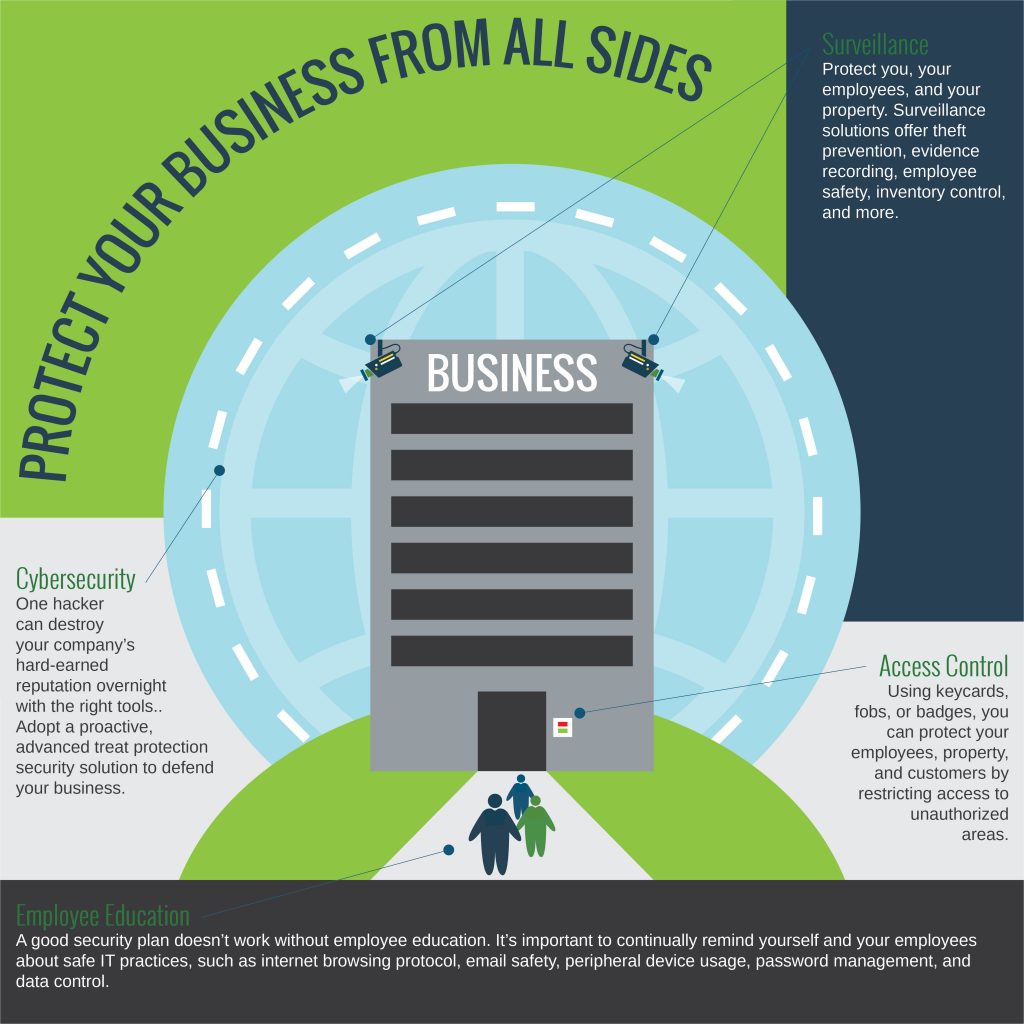Google Search is a powerful tool, there’s no doubt about that. If you a run a simple search for “software company,” you get over 1 billion results.
Google isn’t manually creating a list of websites and writing down what goes where. Instead, Google depends on web crawlers, sometimes referred to as bots, to gather information from webpages and create an organized index. After a web crawler reaches a webpage, it follows links, finding new webpages to crawl and index.
This is a basic breakdown of how Google Search works. If you’re interested in learning more about crawling and indexing, read more on How Google Search Works.
Web Crawlers and SEO
While crawling the web, these bots analyze text and add information to the Google Search index. According to Google, this search index is over 100,000,000 gigabytes in size. So, when you type words into Google Search, how does it know which webpages to display?
- Analysis. Google looks at your search terms and determines relevant content.
- Matching. Based on the analysis, Google calculates the pages that match your search.
- Ranking. Google Search ranks your related results based on how relevant it thinks the content is to your search.
- Context. Google displays different pages based on your location, language, search activity, and more.
Search Engine Optimization (SEO) is the science of writing, organizing, and indexing your webpages in a way that allows Google Search to easily analyze, match, rank, and determine context. What makes SEO complicated is that Google is constantly fine-tuning its search algorithm to make Search better for its users. A webpage that ranked at the top a few years ago might not fare the same with Google’s most recent algorithm.
SEO, Your Website, and Your Business
For most businesses, having an online presence is essential for success. Think about it—when you’re looking for a new service, do you thumb through the yellow pages, or do you head for the search bar and start looking at reviews?
If your business’s website isn’t optimized to Google’s latest search standards, potential customers might not be able to find your business online.
According to data researched by SEO experts Moz, 71.33% of users click on a link on the first page of search results. Of those users, 67.60% of them click on one of the first five links. This is the internet’s version of “prime real estate” If your business isn’t ranking well on Google, users won’t be able to find you.
Concerned About Your Website Ranking?
High Touch offers affordable assessments to help business understand their SEO rank and how their content stacks up to Google’s current search algorithm. During an SEO assessment, web development experts from High Touch analyze your business website and report on search engine indexing, business page listings, plugins, social media, Google Ads, and future SEO strategy and recommendations.
Click here to schedule an SEO assessment for your business.
Good Bots vs. Bad Bots
Like their insect counterparts, some web crawlers are completely harmless, while others are dangerous or outright deadly. It’s like seeing a daddy longlegs in your house versus a black widow—one is basically harmless while the other is extremely concerning. Bots usually have one of two purposes.
Indexing Bot
An indexing box, like Googlebot, is a web crawling bot that scans and discovers new and updated pages. These bots gather information and add it to a database for search and information purposes. To rank well on Google, indexing bots need to access your website.
Scraping Bot
Web scraping bots crawl webpages and harvest data. While indexing bots extract data for search purposes, web scrapers hunt data for a specific purpose. Some examples of web scrapers include, price comparison bots, contact information harvesters, real estate listing gatherers, and sports data collectors. These bots can also steal your website content, skew web traffic data, and flood your bandwidth. If you suspect there’s a scraper on your website, you should do some investigating.
We Keep Your Business Safe.

Cybersecurity threats are constantly evolving, becoming more difficult to detect and prevent. We know that protecting your business and customer data is a top priority. To offer maximum threat protection, High Touch recommends a multilayered security solution.
- Firewall. Prevent incoming security threats with automatic remediation, sandboxing, anti-virus, intrusion prevention, content filtering, and advanced threat detection.
- Endpoint protection. Protect local endpoints, such as workstations and servers, with various types of anti-virus solutions, including definition-based and behavioral-based security. Additional endpoint solutions include drive encryption and device management.
- Email security. Automatically scan incoming and outgoing email for spam, unlawful interception, phishing, malicious attachments. Encrypt outbound emails containing sensitive data.
- User education. Teach users about safe IT practices, such as internet, email, and peripheral device usage; password management; and data control.
- Image and file backup. Keep on-premise and off-site company data stored, up to date, and protected.
- Surveillance. Protect your business, your employees, and your property with surveillance monitoring and recording.
- Access Control. Authorize and track entry to areas of your business using physical access control. Using keycards, fobs, or badges, you can protect your employees, property, and customers by restricting access to unauthorized areas
Does your business’s security solution check all the boxes of our security checklist? If not, it’s time to reevaluate your security solution.
